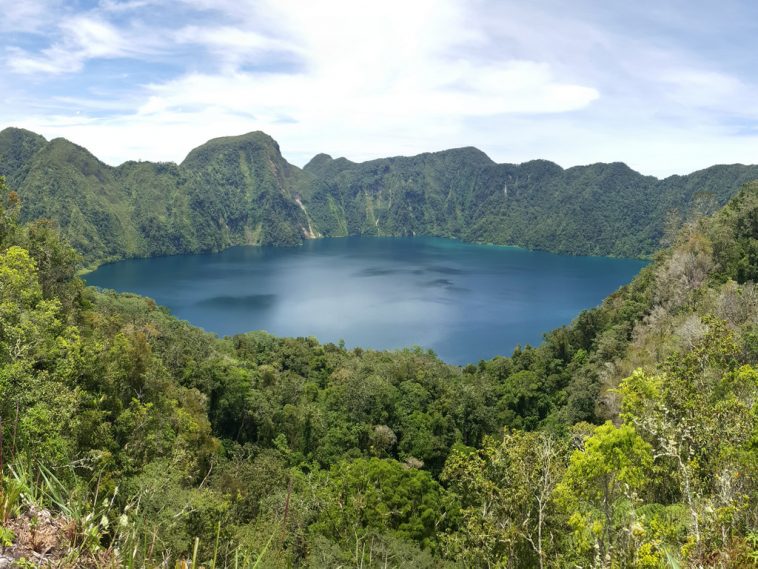T’boli is a booming first-class municipality in South Cotabato. It is a town named after the indigenous people living in the area. An hour away from the capital of Koronadal, T’boli is fast becoming a popular destination for local and international tourists.
Aside from the peaceful, friendly and vibrant locals, this humble gold-rush town boasts a mystical gem hidden in the forest of Mt. Melibingoy – an active volcano 1,824 meters above sea level and is considered sacred by the T’boli people. Tucked in its crater is the 304-hectare, pristine, deep blue Lake Holon. Also called Lake Maughan, Lake Holon has been open to the public as one of the primary tourist destinations in the SOCCSKSARGEN Region.
Sustainability
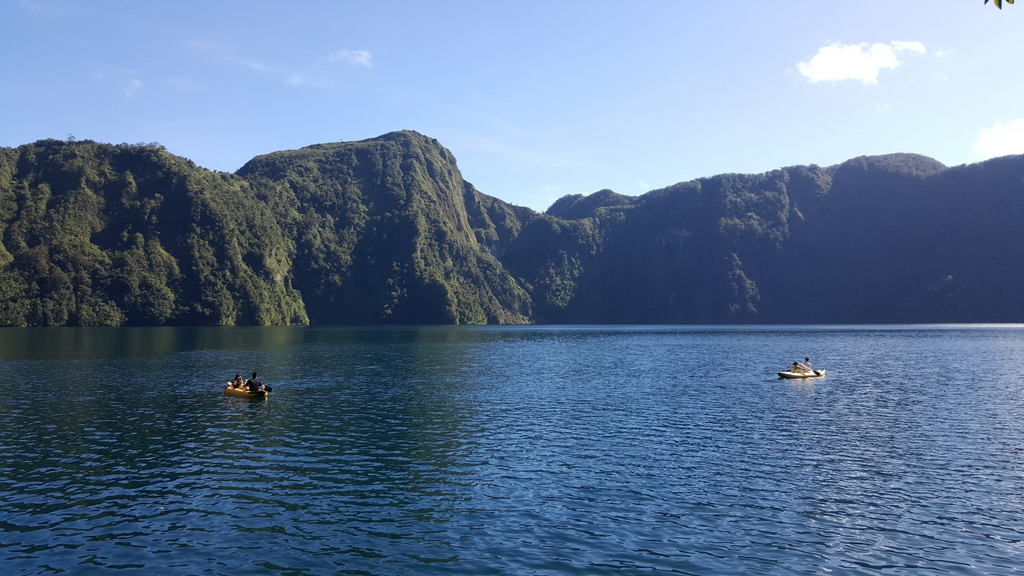
The municipality holds an annual pilgrimage to Lake Holon every March as part of the Seslong Festival activities. However, Lake Holon is closed for a few months in a year as a sustainable initiative to let the lake and its surrounding forests recuperate from the influx of tourists.
As a result, Lake Holon has been recognized as the world’s Top 100 Sustainable Destinations and is the cleanest body of inland water in the Philippines from 2016 to 2017.
Sacred grounds
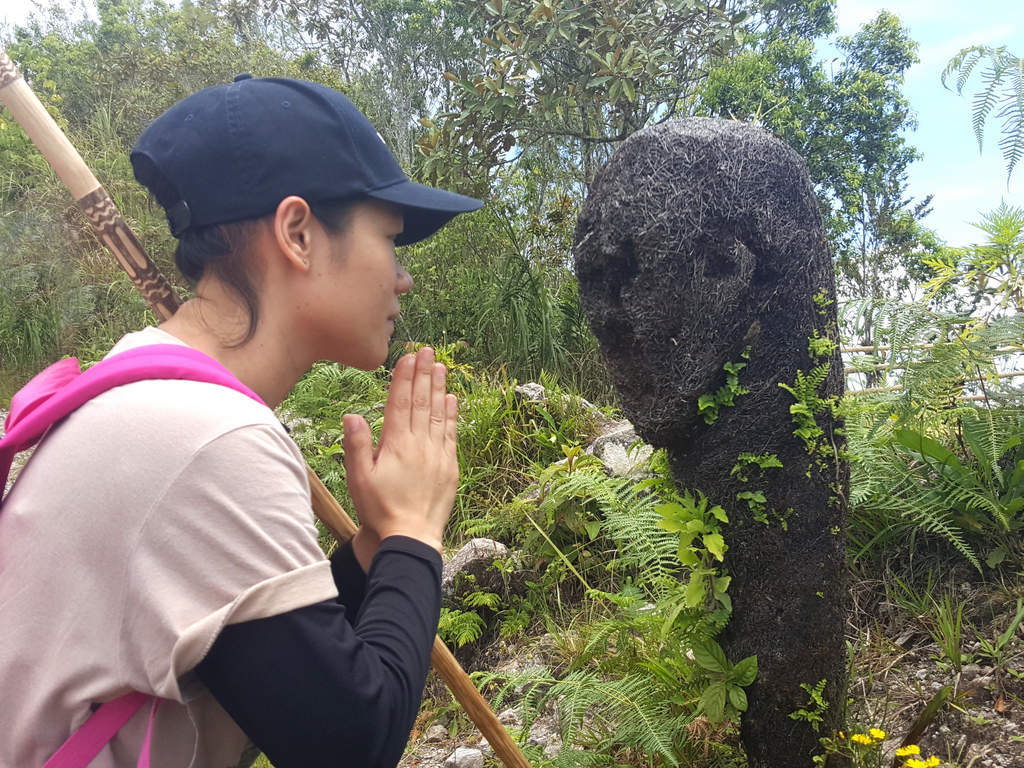
T’bolis believe that the lake and its surrounding forests were once a kingdom of their ancestors and there are guardians who protect it, thus it is important to show respect to the place and its people during your stay.
Although tourist traffic has increased in the past years, may we be well-reminded that Mt. Melibingoy and Lake Holon are sacred grounds for the T’boli people.
Trails
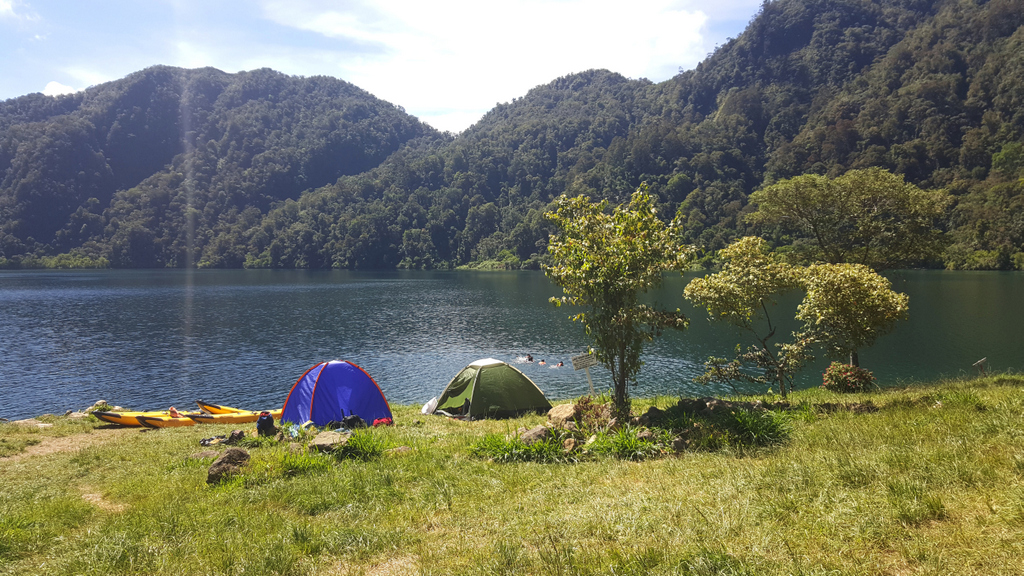
Getting to the lake requires one to hike for several hours. After a habal-habal ride from T’boli Poblacion to Salacafe, the jump-off point to Lake Holon, one can opt to take either the Salacafe Trail or the Kule Trail. For beginners, the Salacafe Trail would take around four hours to complete. Along the way are rare and abundant species of pitcher plants and lichen, as well as orchids and flowers.
For the adventurous, Kule Trail offers a more challenging hike, taking around 6 hours. However, upon reaching the scenic caldera, the effort, the climbing, and the slip-ups will all be worth it.
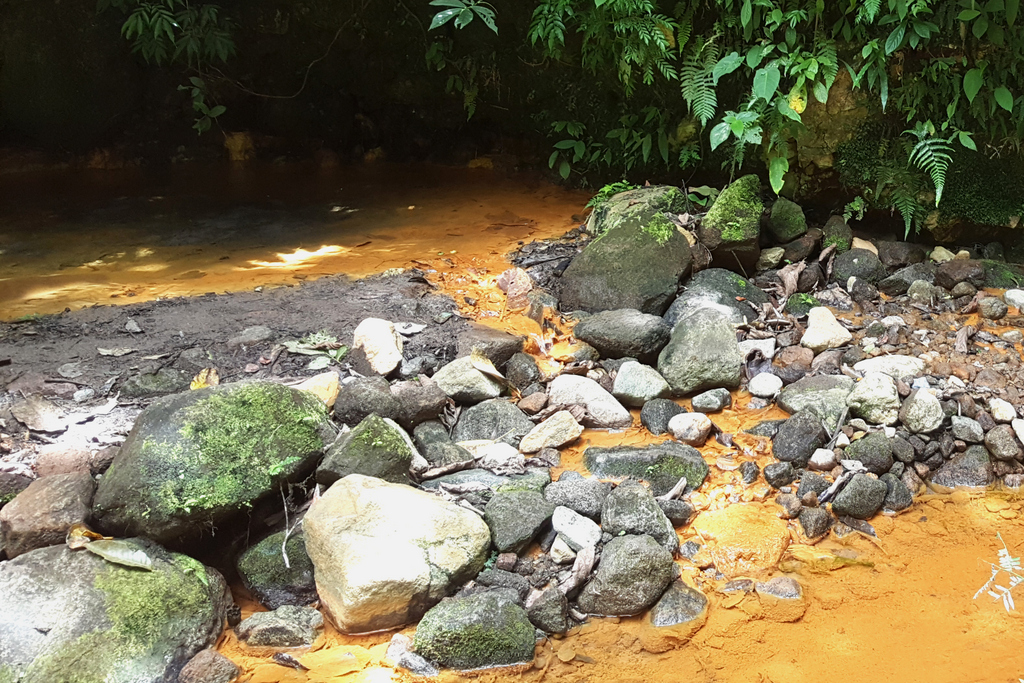
Upon reaching the peak of Mt. Melibingoy, you will be welcomed by the breathtaking view of the lake from above, the most photographed site in Lake Holon. Local guides highly recommend to take a roundabout route to make the most of your visit, reaching the lake using the Kule Trail and exiting through the Salacafe Trail.
With friendly locals from the T’boli tribe serving as guides and habal-habal drivers, tourism in Lake Holon has positively impacted the community’s livelihood.
Activities
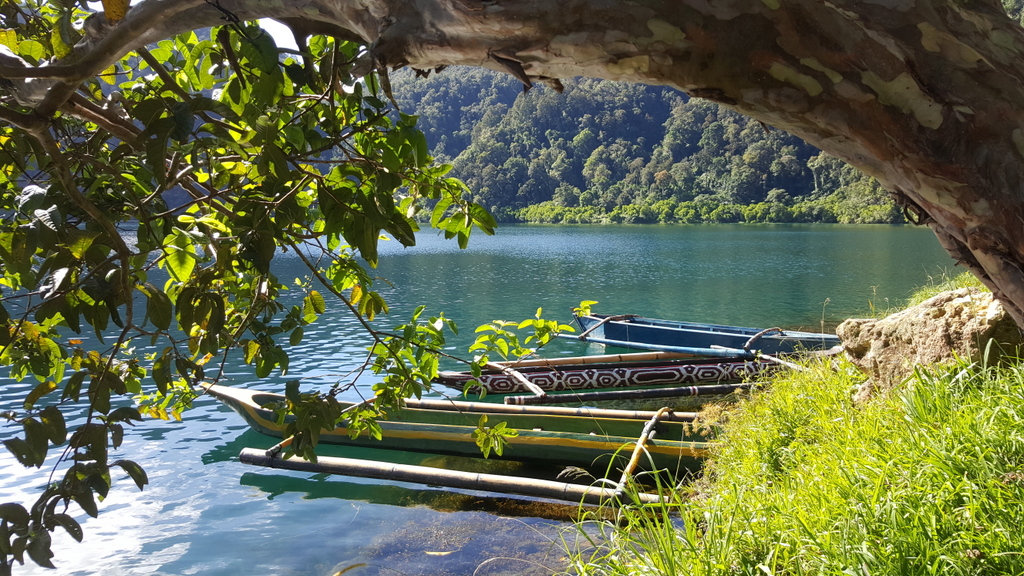
Although several attempts have been made to measure the depth of the lake, divers and adventurers have failed to do so because of its strong undercurrent. Lake shore activities are restricted to kayaking, camping, and swimming. You can also enjoy a natural fish spa by dipping your feet into the lake’s icy water.
At night, tour guides light bonfires to help campers combat the cold. Stargazing can be enjoyed during clear skies and good weather.
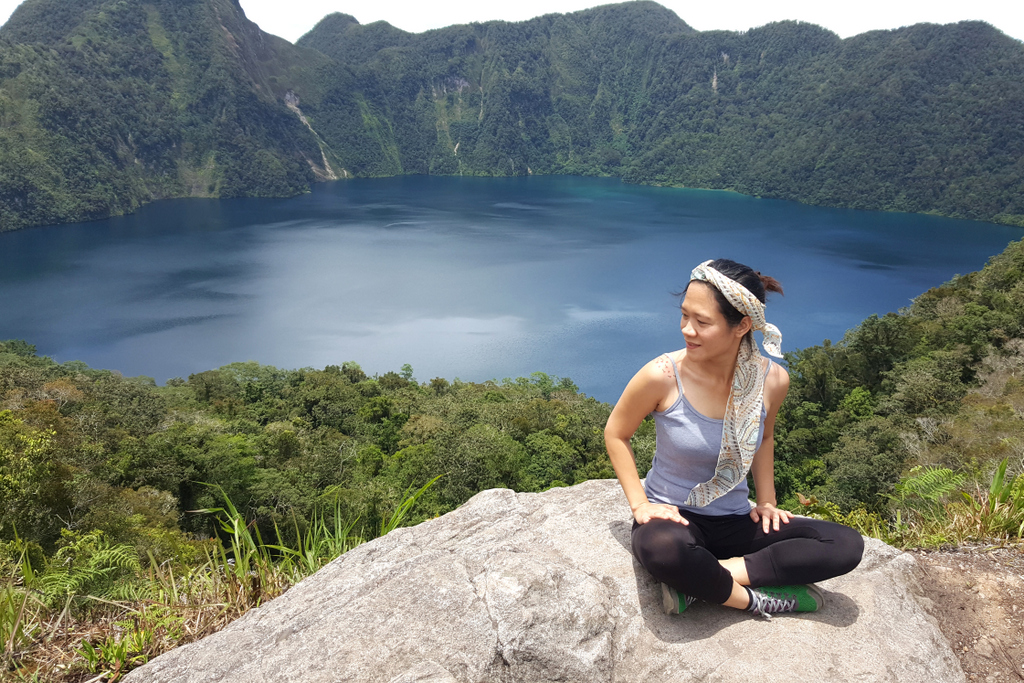
Lake Holon, the “Crown Jewel of the South” does live up to its name; a hidden paradise bejeweled by lush greenery, breathtaking views, and pristine waters. The unique experience of communing with nature and the firm determination of the T’boli people to preserve and protect a cultural heritage are treasures that are truly rare to find.



